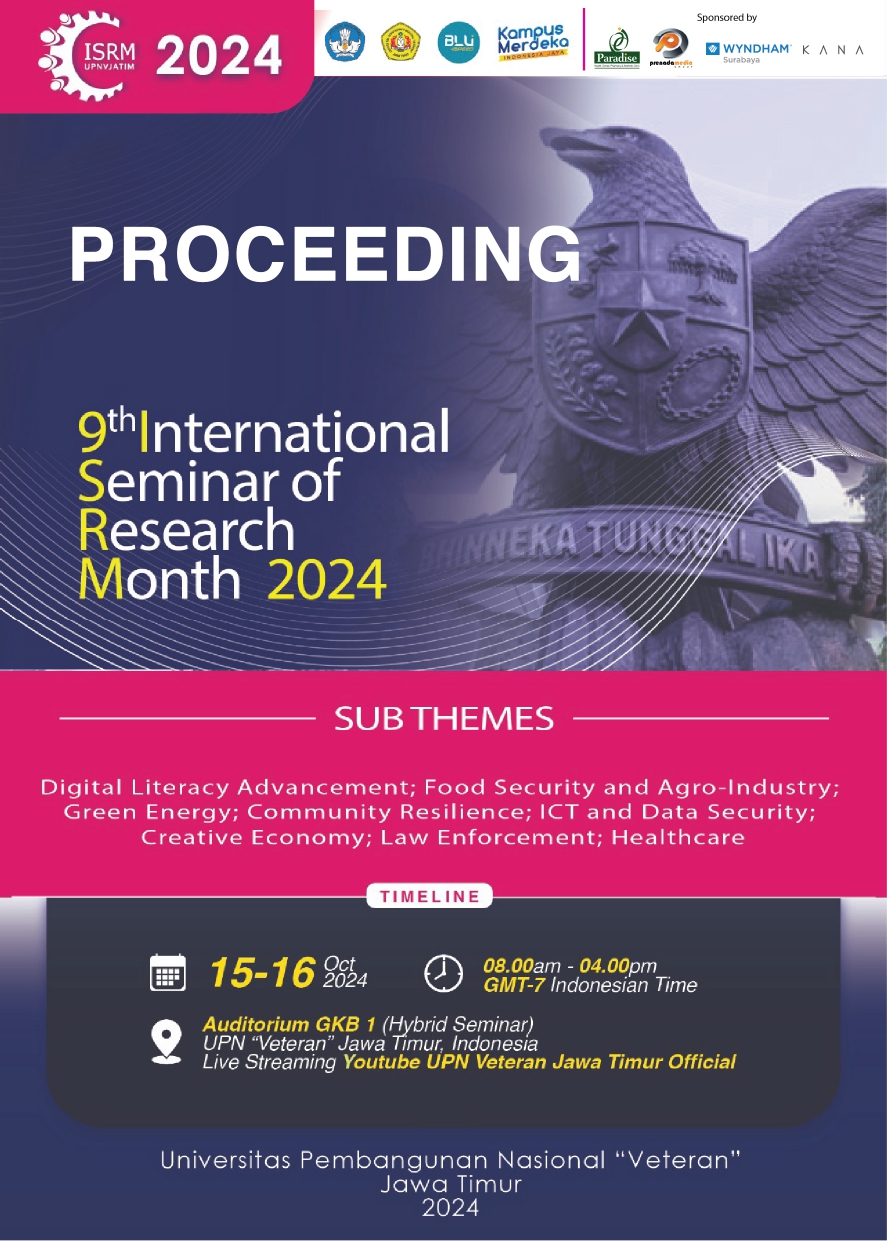Leveraging Digital Emotional Branding in Transforming the Agricultural Industry
DOI:
https://doi.org/10.11594/nstp.2025.4765Keywords:
Emotional branding, digital marketing, consumer engagement, agricultural sector, storytelling, brand loyaltyAbstract
This study examines the role of digital emotional branding in enhancing consumer engagement and driving sales within the agricultural sector. Emotional branding, implemented through platforms such as Instagram and Facebook, serves as a powerful tool to form deeper emotional connections with consumers, which significantly influences their purchasing behavior. By focusing on storytelling and sustainability, agricultural brands can increase consumer loyalty and drive sales. This study finds that emotional branding campaigns led to a 6% increase in consumer engagement, as well as a 25% increase in monthly sales. Additionally, 60% of consumers reported stronger emotional connections to the brand, and 50% expressed a higher likelihood of repurchasing. The study also highlights the varying effectiveness of different digital platforms, with Instagram and Facebook showing the highest engagement rates, particularly through Instagram Stories. These findings underscore the importance of emotional branding in fostering consumer relationships, loyalty, and long-term business growth in the agricultural industry.
Downloads
References
Aaker, D. A. (1997). Building strong brands. Free Press.
Babbie, E. (2013). The practice of social research (13th ed.). Cengage Learning.
Creswell, J. W. (2014). Research design: Qualitative, quantitative, and mixed methods approaches (4th ed.). Sage Publications.
Deng, X., Lu, Y., Wei, K. K., & Zhang, J. (2018). Understanding customer engagement with a brand on social media. Journal of Business Research, 86, 111–125. https://doi.org/10.1016/j.jbusres.2018.01.018
Eisenbeiss, M. (2012). The influence of brand relationships on consumer behavior. Journal of Consumer Marketing, 29(3), 203-210. https://doi.org/10.1108/07363761211221727
Feldman, M. (2014). The role of agrotechnology in modern agriculture. Journal of Agricultural Technology, 3(4), 115-126.
Field, A. (2013). Discovering statistics using SPSS (4th ed.). Sage Publications.
Kapferer, J. N. (2012). The new strategic brand management: Advanced insights and strategic thinking (4th ed.). Kogan Page Publishers.
Keller, K. L. (2016). Strategic brand management: Building, measuring, and managing brand equity (4th ed.). Pearson.
Neuman, W. L. (2014). Social research methods: Qualitative and quantitative approaches (7th ed.). Pearson.
Sweeney, J. C., Soutar, G. N., & Mazzarol, T. (2015). The brand credibility scale. Journal of Brand Management, 22(3), 266-277. https://doi.org/10.1057/bm.2015.5
Tavakol, M., & Dennick, R. (2011). Making sense of Cronbach's alpha. International Journal of Medical Education, 2, 53–55. https://doi.org/10.5116/ijme.4dfb.8dfd
Thompson, C. J., Rindfleisch, A., & Arsel, Z. (2014). Emotional branding and the consumer-brand relationship. Journal of Consumer Psychology, 24(1), 45-59. https://doi.org/10.1016/j.jcps.2013.07.00
Vargo, S. L., & Lusch, R. F. (2008). Service-dominant logic: Continuing the evolution. Journal of the Academy of Marketing Science, 36(1), 1-10. https://doi.org/10.1007/s11747-007-0069-5
Downloads
Published
Conference Proceedings Volume
Section
License

This work is licensed under a Creative Commons Attribution 4.0 International License.
Authors who publish with this proceedings agree to the following terms:
Authors retain copyright and grant the Nusantara Science and Technology Proceedings right of first publication with the work simultaneously licensed under a Creative Commons Attribution License that allows others to share the work with an acknowledgement of the work's authorship and initial publication in this proceeding.
Authors are able to enter into separate, additional contractual arrangements for the non-exclusive distribution of the proceedings published version of the work (e.g., post it to an institutional repository or publish it in a book), with an acknowledgement of its initial publication in this proceeding.
Authors are permitted and encouraged to post their work online (e.g., in institutional repositories or on their website) prior to and during the submission process, as it can lead to productive exchanges, as well as earlier and greater citation of published work (See the Effect of Open Access).










